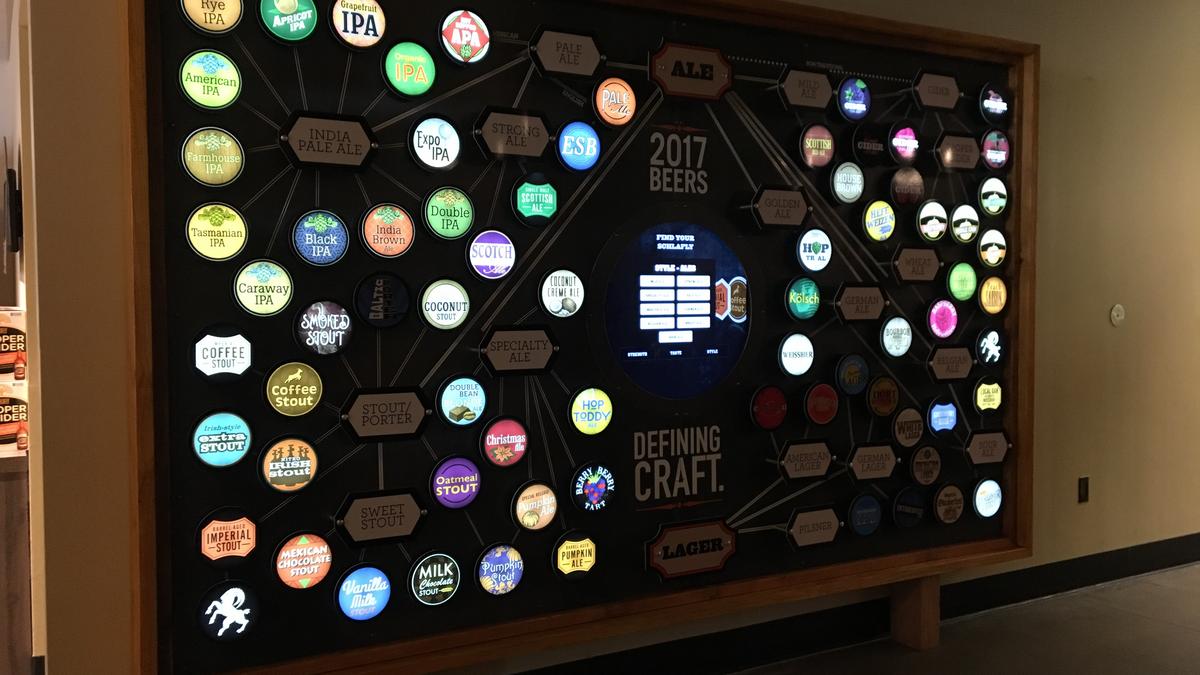
You’ve probably heard of SEO, but do you know what it is? It is a method of optimizing your videos, playlists, and channels for organic search results on YouTube.
Let us first explore YouTube’s video ranking algorithm:
YouTube says videos are sorted depending on how closely the title, description, and video content match the viewer’s query. We also make it easy for users to find the most popular videos for a given query.
That demonstrates that keywords are vital in both on-page and in-video content, and that they must match the search intent. Effective SEO requires high engagement. Keep the viewers on the platform as long as feasible. More video views means more time for ad exposure, which means more money.
4 steps to improve your video’s ranking on YouTube:
- YouTube Keyword Research
- Ascertainment of the search intent
- Utilize a video with a high retention rate to satisfy your search intent
- On-page video optimization
-
YouTube Keyword Research
It’s evident that if you don’t target keywords with high search volume, you risk missing out on search traffic. Now, searching for keywords rather than the desired keyword is a difficult task.
The following strategies and tips will assist you in validating your target keyword/s:
-
- Conduct a Google search for your target keyword and analyze the results
- Use the content explorer to browse videos by topic
- You can use the site explorer and batch analysis to identify high-traffic opportunities.
-
Ascertainment of the search intent
Why a user searches for a query is entirely determined by the user’s search intent. Without a doubt, search engines are capable of determining the search intent. Simply search for the target keyword and the 3-5 suggested keywords that appear, and you’ll have a list of keywords that define the search intent for you.
-
Utilize a video with a high retention rate to satisfy your search intent
Now that you’ve determined your search intent and target keywords, the next step is to upload a video of high audience retention quality. This simply means that you should be capable of delivering content on time. Increased retention typically results in an increase in likes, comments, and engagement.
In simple terms, your targeted keywords will drive traffic to your video, but it is your content that will keep them there.
-
On-page video optimization
These are the four considerations for on-page video optimization:
-
- Title,
- Description,
- Tags, and
- Thumbnails
Your views will suffer if any of these are absent. They are aptly named the best CTR and conversion recipe.








